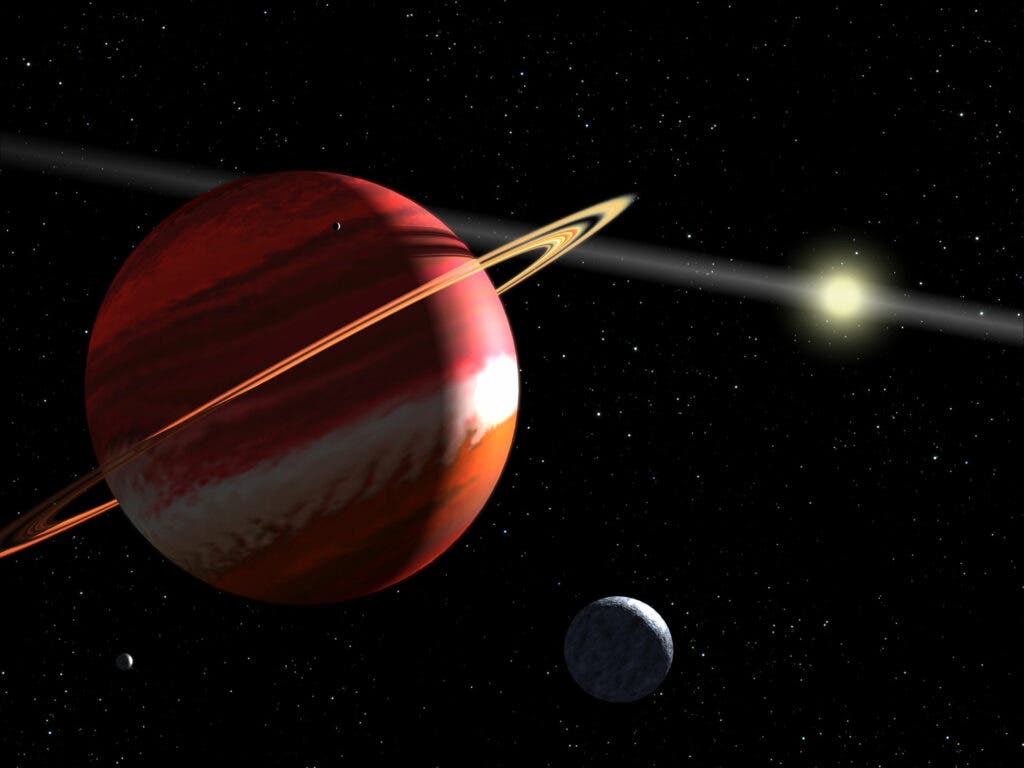
In January 1992, Aleksander Wolszczan and Dale Frail announced the finding of two rocky planets orbiting PSR B1 257+12, a pulsar in the constellation Virgo. The astronomers had just discovered the first planets outside our own solar system. Fast forward 30 years later to a batch of 65 new entries added to the Exoplanet Archive on March 21, and that odometer passes the 5,000-planet mark.
“It’s not just a number,” said Jessie Christiansen, science lead for the archive and a research scientist with the NASA Exoplanet Science Institute at Caltech in Pasadena. “Each one of them is a new world, a brand-new planet. I get excited about every one because we don’t know anything about them.”
Planets we have discovered so far have come in all shapes and sizes. These include small, rocky worlds like Earth, gas giants many times over the size of Jupiter, “hot Jupiters” (gas giants that are in scorchingly-close orbits around their stars), super-Earths, and mini-Neptunes. Add to the mix circumbinary planets (those orbiting two stars at once) and planets stubbornly orbiting the collapsed remnants of dead stars, and there have been a plethora of heavenly bodies discovered outside our solar system.
Thanks to telescopes like NASA’s TESS space telescope (the Transiting Exoplanet Survey Satellite), within a decade the count could eclipse tens of thousands. The fact that more and more telescopes are being lofted into space, such as the James Webb Space Telescope and upcoming Nancy Grace Roman Space Telescope (2027), makes this more of a probable goal.
Finding those first two planets around their spinning star essentially opened the floodgates, said Alexander Wolszczan, the lead author on the paper that unveiled the first planets.
“If you can find planets around a neutron star, planets have to be basically everywhere,” Wolszczan said. “The planet production process has to be very robust.”
Most of the confirmed exoplanets hang out within 3,000 light-years from Earth, but just last year, astronomers might have caught a glimpse of the first one outside of the Milky Way.
The possible exoplanet is some 28 million light-years away from our Blue Dot in the spiral galaxy Messier 51 (M51) — also called the Whirlpool Galaxy because of its distinctive profile. Using NASA’s Chandra X-ray Observatory‘s X-ray data rather than more standard visual observations, this mode of discovery might end up being the new norm for those distant planets.
“We are trying to open up a whole new arena for finding other worlds by searching for planet candidates at X-ray wavelengths, a strategy that makes it possible to discover them in other galaxies,” said Rosanne Di Stefano of the Center for Astrophysics | Harvard & Smithsonian in Cambridge, Massachusetts, who led the study, which was published in Nature Astronomy.
And with more and more planet discoveries on the horizon, Wolszczan said it also means more probability of life elsewhere in the universe.
“To my thinking, it is inevitable that we’ll find some kind of life somewhere.”






